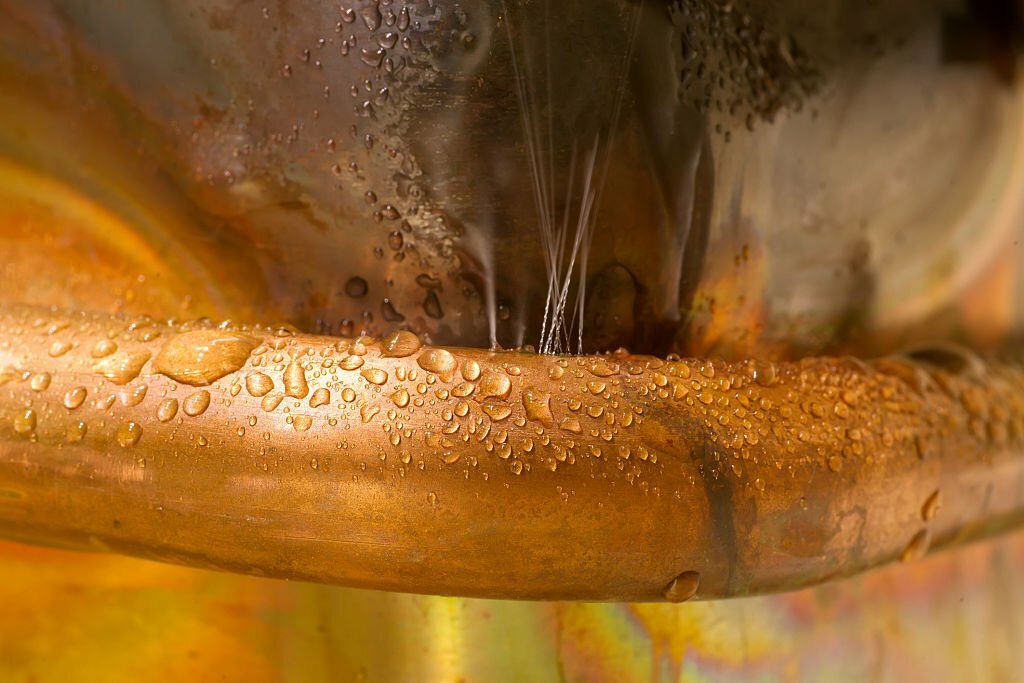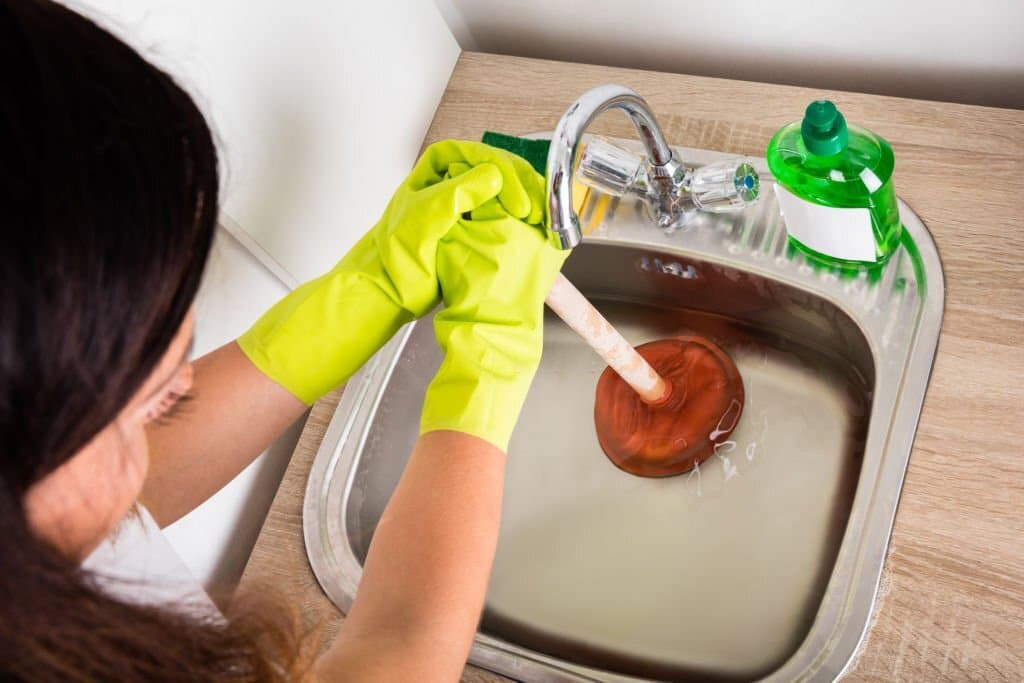Understanding Water Pipe Relining Technology: The Ultimate Guide
Imagine a huge water burst underneath your house, causing flooding and chaos around the property. The idea of having your entire garden excavated and the walls of your house ripped open to replace the pipes is a daunting one. Fortunately, there’s an alternative option that can help you avoid such a disaster: Water Pipe Relining Technology.
Water pipe relining technology uses modern engineering techniques to fix damaged water pipes without having to dig into physical structures like walls or gardens. This article delves into the ins and outs of this technology to help you understand what it is, how it works, and why it’s a great solution for repairing water pipes.
What Is Pipe Relining Technology?
Pipe relining technology is the technology used to repair or replace existing underground pipes without the need for excavation. This technology offers a cost-effective and fast solution to water pipe relining that can help prevent future issues and damage from occurring.
With this technology, a flexible liner is inserted into the existing pipe and then expanded. Once the liner has been fully expanded, it forms a new section of pipe that adheres to the walls of the old one. This provides an efficient and effective way to restore water flow as well as prevent further breakages and leaks.
The best plumbing companies, such as ACE Pipe Relining Sydney, use sophisticated equipment and materials to complete the process. This includes high-pressure water jetting, CCTV inspections, and other advanced technology to identify faults and ensure quality work is carried out.
Types Of Water Pipe Relining Technology
There’re different types of pipe relining technology. They include:
CIPP Inversion Lining
CIPP Inversion Lining is the most popular pipe relining technology used by ACE Pipe Relining Sydney for single and multi-family projects. This technology is used to repair broken, cracked, or corroded pipes by inserting a cured-in-place liner into the existing pipe. This type of relining creates a jointless and seamless structure inside the existing pipe. It also provides superior structural strength against root intrusion, corrosion, and displacement.
The liner is inverted in the existing pipe by using a special machine. It is then impregnated with a catalyst and cured using hot water or steam, depending on the condition of the pipe. This process creates an effective seal that prevents future leaks and ensures optimal flow.
However, very large and very small diameter pipes may prove too difficult to reline with CIPP Inversion Lining.
Spray-in Place Lining
Spray-in Place Lining involves coating the inner walls of a water pipe with a sprayable material. This flexible, durable lining can restore the structural integrity of underground pipes that have been compromised by corrosion or other damage. The application process begins with an inspection to determine which areas of the water pipe require repair. Then, a specialised machine fitted with high-pressure nozzles is used to spray epoxy resin along the inner wall of the pipe. This creates a strong, solid barrier that is resistant to both water and debris infiltration. After the resin has cured, it forms a seamless lining that adheres tightly to the walls of the pipe.
The main benefit of this type of pipe relining is that it can extend the longevity of the pipe by 50-100 years. However, large-diameter pipes are nearly impossible to fix with this method.
Pipe Bursting
Another type of water pipe relining technology is known as pipe bursting. This process works by using an expanding head connected to a cable, which is pulled through the existing pipe. As it passes through, the head expands and displaces the old pipe inwards, creating a new space for a new pipe.
The advantages of this process are that it can burst pipes up to 36 inches in diameter. The equipment used for pipe bursting can also be used on a variety of soils, from soft to hard, making it a versatile method.
One limitation of this process is that it requires the existing pipe to be structurally sound for the new pipe to be laid down properly. Additionally, it requires excavation of access points in order to pull the bursting head and cable through.
Cured-In-Place (CIPP) Pipe Relining
Another popular pipe relining technology is cured-in-place (CIPP) pipe relining. This method uses a process similar to CIPP Inversion Lining but the liner is applied inside the existing pipe by using an external device. With this method, a flexible resin-impregnated liner is inserted into the pipe and then cured by using hot water, ultraviolet light, or other sources of heat or pressure.
This creates an impermeable lining inside the existing pipe that can provide years of protection against corrosion, abrasion, and tree root intrusion.
CIPP relining also eliminates any need for a complete pipe replacement, which makes it cost-efficient. Additionally, since the liner is applied in one piece, it can provide superior structural strength and reliability.
The main downside of CIPP relining is that it can be difficult to accurately measure the size and shape of the existing pipe, which can affect the quality of the lining. Additionally, any debris in the existing pipe may interfere with proper installation and could reduce its effectiveness.
Pull-In-Place Pipe Lining
Pull-In-Place Pipe Lining requires two access points to the damaged pipe. The process begins by pulling the new liner in place through one of these access points. The liner is then set in place, and a saturated resin is applied to it. This resin-saturated material hardens quickly, forming a strong, watertight seal within the existing pipe. Once cured, this technology provides long-term protection against root intrusion and corrosion.
The Pull-In-Place Pipe Lining process is relatively simple and cost-effective. It can be used on a wide variety of pipe materials, including PVC, clay, cast iron, and steel. This technology does not require the complete replacement of existing piping; instead, only the affected area needs to be corrected. However, friction between the liner and the existing pipe can cause additional wear and tear. The method is also less effective for long runs of pipe, though this problem can be mitigated through the use of joint sealing materials.
Sliplining
Sliplining is a water pipe relining technique that involves inserting a new pipe into an existing one. It is a cost-effective and efficient solution for water pipe repair and maintenance due to the minimal disruption it causes in comparison to traditional methods.
The process begins by inserting a thin, seamless inner liner tube through the existing water pipe until it reaches its endpoint. The liner is then expanded with compressed air or water pressure so that it takes up the shape of the existing pipe and forms a tight seal. This prevents any leaks or damage from occurring. Once the liner has been secured, it is filled with grout to ensure its structural integrity and prevent corrosion.
Finally, the new pipe is tested for water tightness before being put back into service.
Sliplining can improve water flow thanks to its smooth interior surface, which limits friction and turbulence. This makes it an ideal method for repairing larger-diameter pipes without having to replace the entire pipe network. However, small-diameter pipes may not be suitable for this method as the liner may not form a tight seal.
Which Trenchless Water Pipe Relining Technology is Best?
The type of trenchless water pipe relining method that is best for a particular application depends on the existing pipe’s condition, its size and length, and the budget. The experts at ACE Pipe Relining Sydney will help you decide which method is best for your unique situation. They’ll perform a thorough inspection of the pipes, which will help them choose a method that guarantees a successful result. Additionally, they can mitigate the drawbacks of each method and come up with a cost-effective solution that meets your needs.
Let ACE Pipe Relining Sydney Help Take Care Of Your Pipe Relining Needs
Regardless of the pipe relining technology you choose, it is important to have a professional understanding of how the process works and what needs to be done to ensure your pipes are correctly lined. ACE Pipe Relining Sydney can help you with all aspects of pipe relining technology so that you can get the best value for money when it comes to fixing your existing pipes or installing new ones.
At ACE Pipe Relining Sydney, we offer a wide range of services to meet your needs. From seamless relining for residential and commercial properties to specialised industrial solutions, our experienced pipe relining technicians have the skills and knowledge needed to get the job done right the first time.
Our experts can help you choose the best materials and methods for your particular project, so you can rest assured that your pipes will be relined correctly and safely. We also offer preventive maintenance services to help you extend the life of your existing pipes. Contact us now!






